June 20, 2017, Clover had a bone marrow biopsy at Wheat Ridge Animal Hospital in Wheat Ridge, Colorado. It took longer than expected to get the full biopsy results from the veterinary pathologist at the University of Michigan, where the core sample was sent. The results answer some critical questions and raise others. Here’s what we know and what we don’t.
Neutropenia in Dogs – A Clover Update
When last we checked in on Clover’s medical mystery, we shared that her neutropenia itself — right now — isn’t itself a danger, but a possible cause might be.
The blood test looking for a possible endocrine problem (Addison’s Disease) came back negative, as expected, but it’s good to rule that OUT since it can cause dogs not to be able to produce enough neutrophils even when challenged by infection.
So, we went ahead with the bone marrow biopsy, under full anesthesia. Here is an updated list of what we’ve RULED OUT based on the tests we have run and her symptoms (which are nonexistent, other than the neutropenia itself):
- No infections.
- No cancer.
- No endocrine problems.
Neutropenia in Dogs – Immune-Mediated Neutropenia
The good news from the bone marrow biopsy is that the pathologist can see ALL 8 STAGES of neutrophil maturity. That destruction is a key indicator of immune-mediated neutropenia.
Typical presentation of the immune issue is that they see a LOT of very young neutrophils in the bone marrow sample but not very many mature ones, OR when they do see mature ones … they can also see that other white cells are destroying them. Neither of those things are the case for Clover.
It was a relief that all 8 stages are there. However, Clover’s bone marrow shows low numbers across all of those 8 stages.
There is no evidence they are being destroyed along the way, which is GREAT.
BUT, she is just not producing very many. That could mean we caught an immune issue early, or it could mean that she simply is a dog who doesn’t produce many and that’s normal for her.
Neutropenia in Dogs – A New Study Just Published
It turns out that the largest ever study reporting bone marrow findings in dogs with presumed primary immune-mediated neutropenia (IMN) just got published in June 2017. Our specialist was kind enough to get me a copy of the study to read so that I could see for myself what (if anything) Clover had in common with the dogs in the study.
It was comforting to read the following quote from the paper. It completely validated the testing decisions I’ve made for Clover since February, even though her numbers are NOT as severe as the dogs in the study.
“IMN should be considered in any dog with persistent severe neutropenia dispropotionate to clinical signs; it can be present in subclinical cases. A thorough history, physical examination, and diagnostic testing, such as vector-borne infectious disease testing (depending upon geographic prevalence), should be performed to rule out other aetiologies of neutropenia. Bone marrow analysis should be considered to help rule out malignant neoplasia and myelodysplasia.”
PAPER CITATION: Devine, L., Armstrong, P. J., Whittemore, J. C., Sharkey, L., Bailiff, N., Huang, A. and Rishniw, M. (2017), Presumed primary immune-mediated neutropenia in 35 dogs: a retrospective study. J Small Anim Pract, 58: 307–313. doi:10.1111/jsap.12636
Here are the parts from the paper that seem relevant to Clover’s case:
Immune-mediated neutropenia is uncommon in dogs, and it’s typically found by exclusion — meaning they rule out a bunch of other things first.
Diagnosis is made based on neutrophil concentration disproportionately low relative to clinical signs.
Prevalence of IMN has been reported at 0.35% to 7% of dogs examined for neutropenia at referral veterinary hospitals.
While typical symptoms include fever, lethargy, anorexia, vomiting, lameness, and reluctance to rise, some cases have been diagnosed on the basis of subclinical neutropenia on wellness blood work. 11% of the 35 dogs fell into this subclinical category.
That’s how we found Clover’s neutropenia. Initial discovery described in this earlier blog post.
For this paper, neutropenia was defined as absolute neutrophil numbers lower than 1,500.
The good news from the paper is that all dogs responded well to treatment with steroids, within 2-4 weeks. Their neutropenia resolved.
The bad news is that 34% of them relapsed within one year during or after the tapering of steroids or other immunosuppressive meds.
Having been through long-term immune suppression with our original canine heroine, Lilly, the insights into treatments and relapses is quite upsetting for me.
Neutropenia in Dogs – Wait and See
So, we don’t yet know if Clover is headed toward immune-mediated neutropenia or if she simply is a dog who naturally makes fewer neutrophils.
Only time will tell.
According to our specialist, about 1/3 of the dogs in the study had bone marrow biopsy results similar to Clover’s.
We will monitor the situation through exams with our board-certified veterinary internal medicine specialist and blood tests (complete blood count) in August and then every 3 months after that, waiting to see:
- If her neutrophil numbers hold steady, improve, or decline
- If she remains totally free of other symptoms
So for now, we’ll continue with life as usual, despite this experience with neutropenia in dogs:
- Daily 3-mile walks with me and Tori
- Longer hikes on weekends when doable
- Weekly agility classes
- At-home agility training, including MAJOR improvements in her teeter-totter training (woot!)
- Occasional advanced “pet” dog training classes in Boulder with our main trainer, when we can make the drive and weather allows
- Lots of playing fetch (or Clover’s style of keep-away)
- Unlimited playtime with her soul sister, Tori
- Any other meet-ups or adventures that come along
Basically, we’re going to try to believe that everything is fine unless something tells us definitively otherwise.
In the meantime, I will continue to avoid letting the low-grade worry about neutropenia in dogs overshadow me in a variety of ways, including wearing my new Clover TRIBUTE bracelets!
And, by knitting as a form of meditation. I finished this shawl while waiting for Clover’s test results.
Since the results took longer than expected, I bought more yarn and started making this project … I’m doing it in a variegated purple yarn.



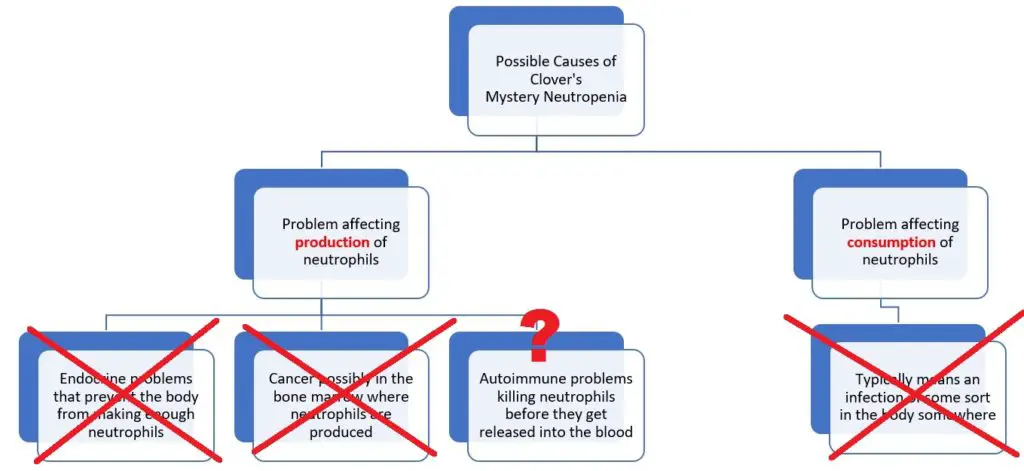

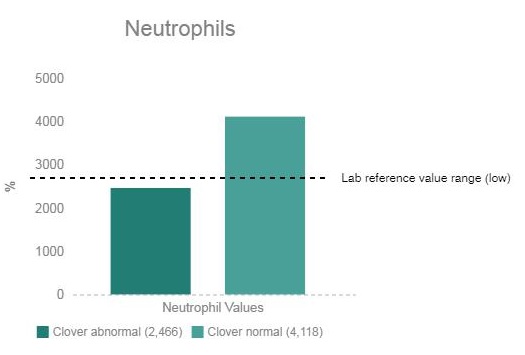

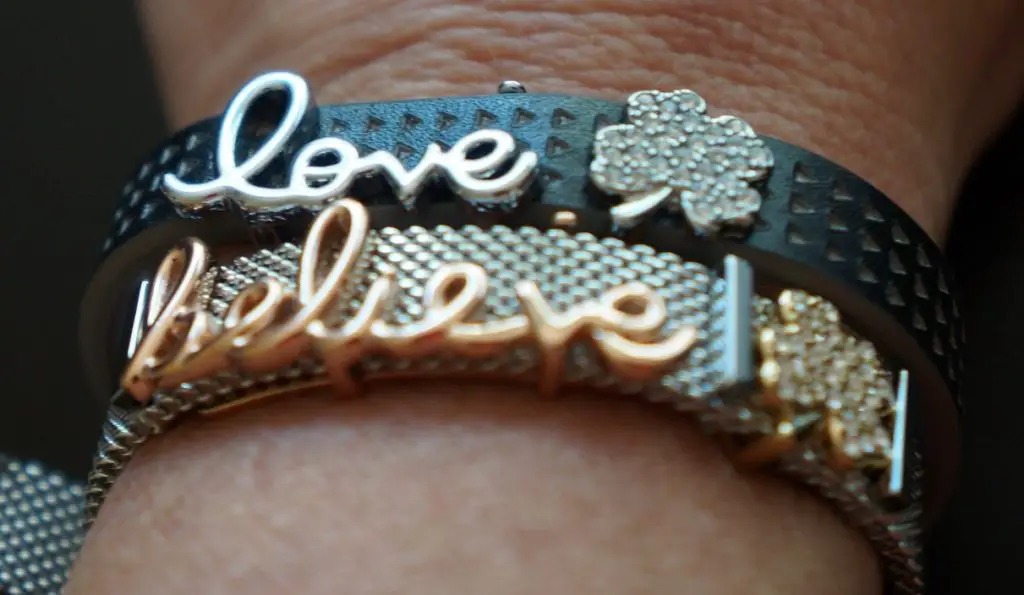
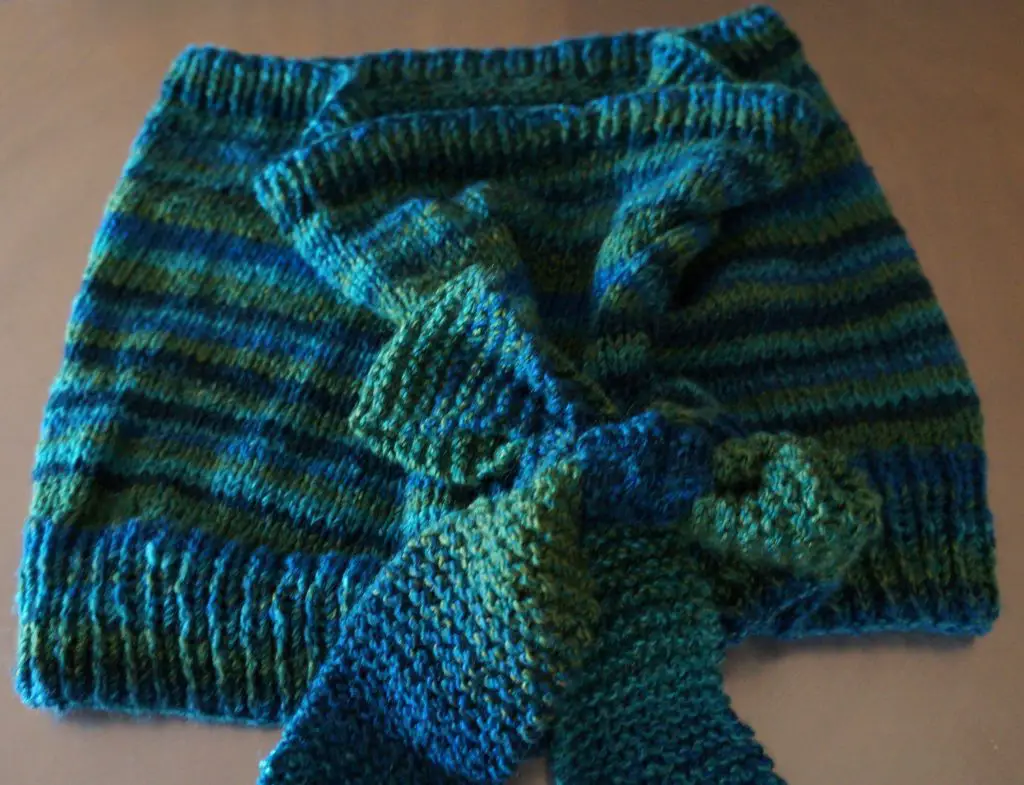
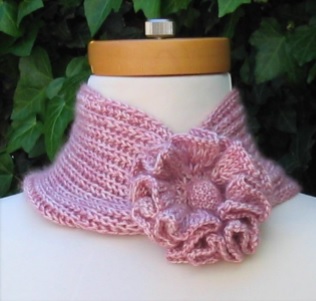
I’m so sorry you’ve had to learn so much about this disease 🙁 It does sound like you’re closer to some answers, so that’s a positive. Even if clover doesn’t know exactly what’s going on, she does know that you love her very much and are trying hard to make her feel better. What a lucky dog to have such a loving family!
Thanks. Clover’s latest blood tests do show some improvement, so we’re hopeful and will recheck again later this year.
Great to hear that Clover is doing better! I love that you are making the most out of whatever time you have left together! Motivates me to get out and spend more time with my pup.
Oh! Unless something really scary happens, we should have a lifetime of time together. We’re just having a LOT of fun while we wait for the next blood test.
My mother always used to say, “Do your best, and God will do the rest.” You have done your best as you always do, we should all pray now for Clover to live a long, happy, normal and productive life without complications.
That’s the goal. Thanks so much, John. At least we know as much as we know and can easily monitor her condition to make sure we catch anything else that might come up before it gets scary. I asked if we could just check her every 6 months, but the specialist says a lot can change in 6 months, so she feels better about 3 months … until we see how the pattern is going to go.
Because of your blog, we have all become smarter at recognizing potential issues health issues before they become big ones.
Hopefully more pet owners will realize that it’s not only humans that can suffer from autoimmune issues which can ultimately lead to much more than a manageable conditon.
I’m on my second allergy dog now. Fortunately I was able to recognize the signs. At 1.5 years, I’m doing all I can do starting with the yearly complete blood panel, and the dan canine health check. All because of you Roxanne!
Well, aren’t you nice to say that, Anne. Thank you. I appreciate your words. I’m sorry, though, to hear about the allergy issues at your house. Canine allergies are a tough one. I’ve written about them for veterinary magazines, and I’m ALWAYS thankful that we’ve not experienced that with our dogs because it’s just so, so hard on everyone.
Looks like you have left no stone unturned with the thorough testing. I can’t help but wonder how many dogs may have low values but never tested during their lives and never become sick? Immune problems seem rampant in both humans and animals, I personally think our enviornment has been bombarded with so much it’s no wonder more are being diagnosed. When I was diagnosed with breast cancer at 44 I was given the book “Silent Spring”. I decided to change everything in my life that I felt possibly could restore wellness and healing: no chemicals in the home and outside, healthy food, organic when possible, and mainly just be happy with life. I also discovered essential oils and encorporated them in every day living, they helped me and my dogs, the first two lived to be 15 and 16. Mercedes bad reaction to a vaccine was a necessary evil, the law requiring she have it but I believe she lived a longer and happier life due to natural things that supported her immune system. Clover is fortunate to have such good care and love. Hopefully she will live a long and full life, all of the concern will be just a fleeting memory. Wishing you the best. Paula
Thanks, Paula. I’m glad to hear you’re been all-clear since the original diagnosis. I know that’s not the case for some people, even when they too completely change their lives.
Wow, you’ve become more of an expert in these issues than anyone would hope for.
But your experience with Clover is a good argument for wellness visits. Because you have the baseline, tests, and history that will help your vet track this over time.
Hopefully Clover is just being an anomalous dog.